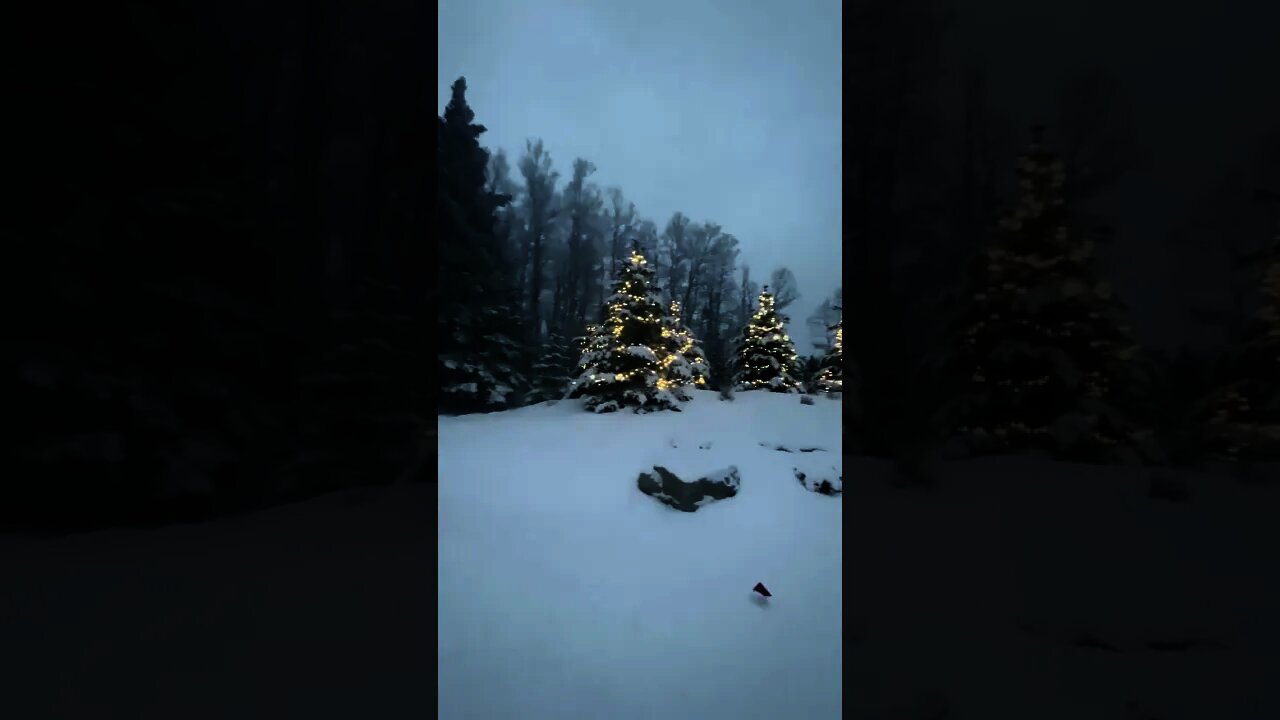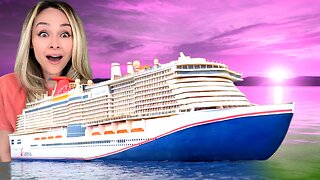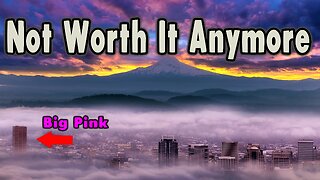Premium Only Content

Snowfall in Alberta, Canada
Alberta is one of the thirteen provinces and territories of Canada. It is part of Western Canada and is one of the three prairie provinces. Alberta is bordered by British Columbia to the west, Saskatchewan to the east, the Northwest Territories (NWT) to the north, and the U.S. state of Montana to the south. It is one of the only two landlocked provinces in Canada. The eastern part of the province is occupied by the Great Plains, while the western part borders the Rocky Mountains. The province has a predominantly continental climate but experiences quick temperature changes due to air aridity. Seasonal temperature swings are less pronounced in western Alberta due to occasional Chinook winds.
Alberta is the 6th largest province by area at 661,848 square kilometres, and the 4th most populous, being home to 4,067,175 people. Alberta's capital is Edmonton, while Calgary is its largest city. The two are Alberta's largest census metropolitan areas (CMAs) and both exceed one million people. More than half of Albertans live in either Edmonton or Calgary, which contributes to continuing the rivalry between the two cities. English is the official language of the province. In 2016, 76.0% of Albertans were anglophone, 1.8% were francophone and 22.2% were allophone.
The oil and gas industry is also a part of the province's identity. Alberta's economy is based on hydrocarbons, petrochemical industries, livestock, agriculture and frontier technologies.The oil industry has been a pillar of Alberta's economy since 1947, when substantial oil deposits were discovered at Leduc No. 1 well.[14] Since Alberta is the province most rich in hydrocarbons, it provides 70% of the oil and natural gas exploited on Canadian soil. In 2018, Alberta's output was CDN$338.2 billion, 15.27% of Canada's GDP.
In the past, Alberta's political landscape hosted parties like the left-wing Liberals and the agrarian United Farmers of Alberta. Today, Alberta is generally perceived as a conservative province. The right-wing Social Credit Party held office continually from 1935 to 1971 before the centre-right Progressive Conservatives held office continually from 1971 to 2015, the latter being the longest unbroken run in government at the provincial or federal level in Canadian history.
Before becoming part of Canada, Alberta was home to several First Nations and was a territory used by fur traders of the Hudson's Bay Company. Canada acquired the lands that would become Alberta as part of the NWT on July 15, 1870.[17] On September 1, 1905, Alberta was separated from the NWT as a result of the Alberta Act and designated the 8th province of Canada.[18] From the late 1800s to early 1900s, many immigrants arrived, the biggest wave of which was pushed by Wilfrid Laurier, to prevent the prairies from being annexed by Americans. Massive oil resources were discovered in Alberta in 1947.[19]
Alberta is renowned for its natural beauty, richness in fossils and for housing important nature reserves. Alberta is home to six UNESCO World Heritage Sites: The Canadian Rocky Mountain Parks, Dinosaur Provincial Park, the Head-Smashed-In Buffalo Jump, Waterton–Glacier International Peace Park, Wood Buffalo National Park and Writing-on-Stone Provincial Park.[20] Other popular sites include Banff, Canmore, Drumheller, Jasper, Sylvan Lake and Lake Louise.
-
 12:38
12:38
Talk Nerdy Sports - The Ultimate Sports Betting Podcast
3 hours ago4/5/25 - Talk Nerdy Sports – Madness. Money. Mayhem.
16.6K4 -
 LIVE
LIVE
I_Came_With_Fire_Podcast
12 hours agoTHE HUNDREDTH EPISODE!!!
724 watching -
 LIVE
LIVE
Gatoroz
4 hours agoTake Me Back To Verdansk
101 watching -
 LIVE
LIVE
STGKAMZZ
6 hours ago"🔥Blunt & Battle: Chill Vibes Only in COD Ranked! 🌼💨 Spring Saturdays Just Got Epic!"
121 watching -
 34:00
34:00
Tactical Advisor
4 hours agoRetiring This Rifle | Vault Room LIve Stream 019
25.6K9 -
 16:29
16:29
Sideserf Cake Studio
6 hours ago $2.31 earnedThis Cruise Ship Is A CAKE!
35K6 -
 14:49
14:49
Clownfish TV
21 hours agoNintendo Switch 2 BACKLASH! Gamers BOYCOTT Over Pricing?!
24.7K10 -
 24:17
24:17
JasminLaine
20 hours agoCTV Reporter DESTROYS Carney By Quoting His BOOK—His INSANE Answer STUNS Host
33.2K28 -
 24:47
24:47
World2Briggs
1 day ago $1.51 earned10 Cities Where The High Cost Of Living Just Isn't Worth It
21.7K9 -
 8:35
8:35
ARFCOM News
1 day ago $0.53 earnedThis Is How We End The NFA | Booker's Hypocrisy | ATF Facial Recognition
16K4